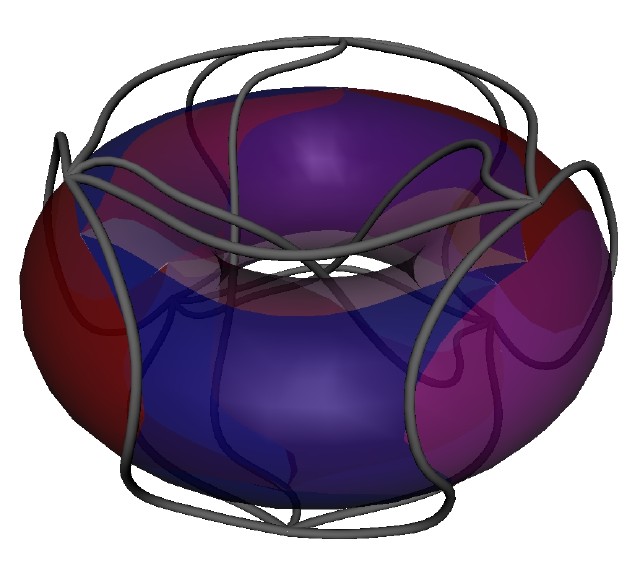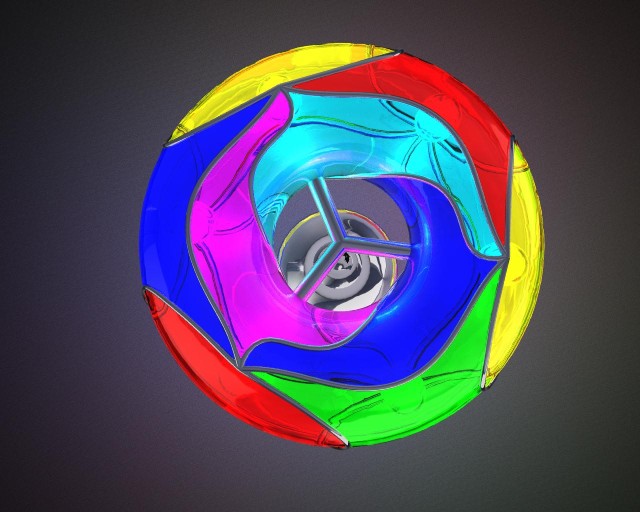Cords: Geometric Curve Primitives for Modeling Contact
Patrick Coleman and Karan Singh
IEEE Computer Graphics and Applications. Vol. 26, No. 3. May/June 2006. pages 72-79.
Project Abstract
The modeling of curves that contact complex 3D geometry presents a challenge to animators and designers. Parametric curve models specified with control points often require an intractable amount of position constraints to achieve a desired shape, in particular if the curve is animated and has changing contact relationships. Physical simulations model contact, but they are difficult to control with precision, especially for complex scenes. We present a geometric curve primitive, known as a cord, which has been designed to allow for interactive modeling of curves that contact complex geometry. A cord is constructed from a user-positioned guide curve, which specifies an approximate path the cord should follow with respect to geometry. This guide curve, along with a small set of appearance properties, parameterizes a geometric construction that is capable of capturing the visual appearance of a variety of materials, including strings, wires, and rubber bands. We illustrate the applicability of cords with a variety of examples, including surface curve design and animation production.
SIGGRAPH 2004 Sketch on an early version of the work. This page contains a video and additional images.
Additional Images from the more general solution in the article:



Support:
This research is financially supported by MITACS, as well as by software and hardware donations from Alias Systems, Pixar Animation Studios, and ATI. Patrick Coleman is supported by an ATI fellowship.